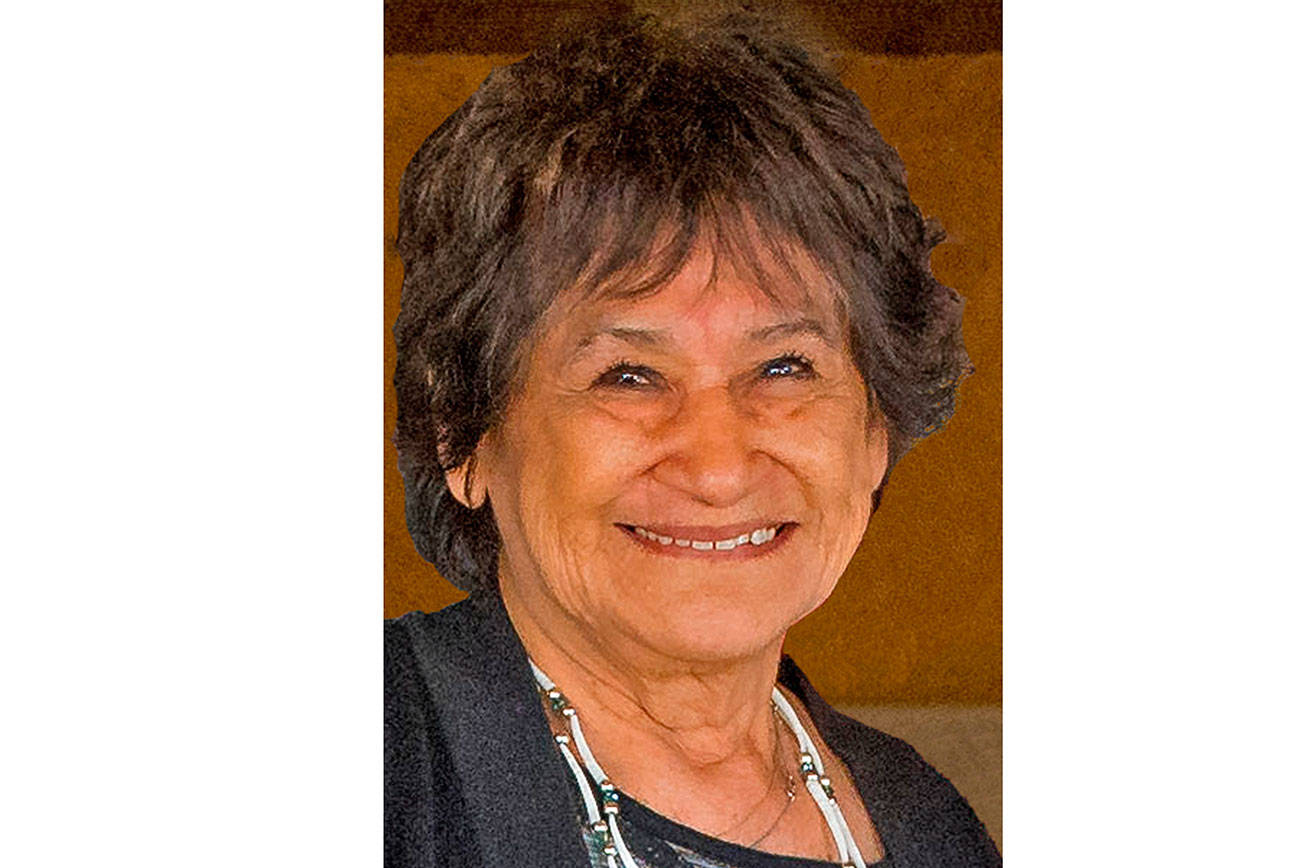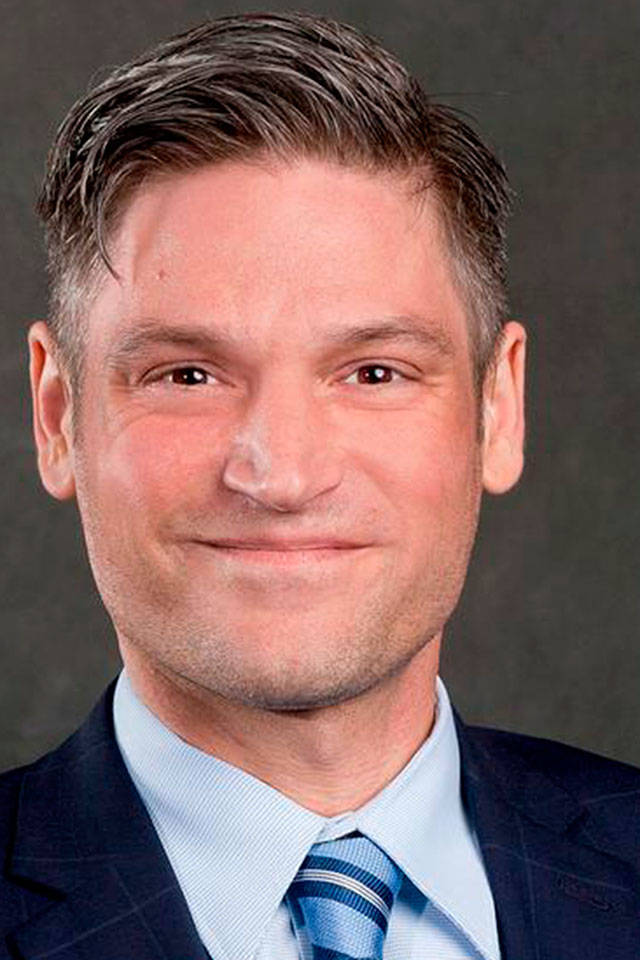I like to keep an eye out for the dirt-cheap bookings my condo association offers for last-minute cancellations. So when one popped up at Whistler we tossed some things into a bag and headed north. North took us past that vacant stretch of developers’ dreams between I-5 and Old 99 where leveled and staked FOR SALE acreages sit like empty tables in a restaurant at 4 p.m.
North took us across the Stilly bridge where upstream, a platoon of Humpy fishermen busily entangled each others’ lines. Veterans of this particular fishery have taken to calling it “Combat Fishing.” We continued up the hill to where an Angel of the Winds billboard beckoned hungry homebound Camano commuters with a, “Cheap and delicious dollar menu.”
Familiar landmarks drifted by: The N.O.A.H. Animal Adoption and Spay/Neuter Center, that woodsy little pond so gorgeous that passing drivers can’t help envying the homeowners who look down upon it, a stretch of rough concrete that drowned out conversation and the disk in the Prius’ sound-system. The hawk that frequents a snag just before descent into the Skagit flats was absent. Had it discovered better hunting grounds or was it pasted to someone’s bumper for choosing a bad time to collect road-kill?
Our first scheduled stop was Bellingham’s American Museum of Radio History, an attraction friends said I shouldn’t miss. At one hour into our trip we found our way to 1312 Bay St. and parked in front of the museum’s ominously quiet building. This was at 11 on Monday morning. A placard at the door explained that the museum opens at noon but not on Mondays or Tuesdays. Oh well.
It happened that Woods Coffee’s flagship outlet was straight across the street. Woods Coffee is to Bellingham as Starbucks is to the rest of the planet, but more so if that popular Bay Street bistro is any indication. Woods Coffee’s eleven shops might be emblematic of the funky-classy civic tone that has caused Bellingham to be rated one of America’s most livable small cities.
We’ve had little reason to veer off I-5 to explore Bellingham since the death of my wife’s grandfather in 1976. Over thirty-five years the town has come to echo more of Portland’s tone than that of Everett, Tacoma or Seattle. Part of that is surely the vibrancy associated with college towns. It has the feel of a mini-Boston, a place people are proud to call home.
We breezed through Canadian customs at Blaine and travelled past vast under-glass acreages that provide us with Canadian Hothouse Tomatoes. Over the hump to the Fraser River delta and its blueberry ranches where industrious clans of Asian farmers convert the profits from their labors into expansive mansions.
Thanks to the recent Olympics, most arterials into Vancouver were re-done and the link from Blaine to Trans-Canada Highway 1 is no exception. Trans-Canada’s 20-mile construction zone though is the exception. We joined its teeming commute, jostling for space with a river of long-haul trucks headed for the port. At Hour-3 we pulled off at the Westview Safeway for provisions.
Onward. With Vancouver behind, we marveled at what must be the world’s most costly highway improvement where cliff-hanging curves appear to dangle over empty space above stunning views of island-dotted Queen Charlotte Channel. After a Mickey-D coffee stop in Squamish, the Sea-to-Ski Highway took us to Whistler Village and Cascade Lodge, one of our oft-visited homes-away-from-home.
The weather had turned iffy causing our venture up the Gondola and Peak Chair to yield dramatic glimpses of partially shrouded peaks and onrushing snow squalls. After a short hike we retreated downward to try the Peak to Peak gondola that connects the mountain lodges of Whistler and Blackcomb. A Canadian passenger, sensing I was from south of the border, cornered me to charge that American troops had been behind every British casualty in Iraq and Afghanistan. Sealed in over a 1,700-foot drop, there was no fleeing from the nut-case.
Back down in the Village, we strolled amid hordes of travelers from far places. Even with a sagging global economy it seems that people from formerly depressed places are finding the wherewithal to travel. Observing them in action re-ignited a fear that those wonderfully diverse peoples may be abandoning their cultures to imitate the lifestyle of the Western World’s rich and famous.
We broke camp the next morning to drive south in a drizzle, arriving at the border at 11 a.m. Ninety minutes later we presented passports and gave info about our origin, visit in Canada, that we had no contraband, what we’d bought, all the time being scrutinized for tell-tale signs of nervousness that might indicate we were up to no good.
Compared with our five-minute processing by Canadian border patrollers on the way up, it was clear that Canada is far less nervous about who enters Canadian territory than U.S. Immigration is about entrants to the U.S. Maybe we should spend more time exploring the reasons behind the reasons that this is so.
Comments may be addressed to robertgraef@comcast.net.
CORRECTION
A column that appeared in the Sept. 7 issue suggested that the cost of a political yard sign could be less than $1. Though that remains true for the printed sheet but by the time you add a stake, backing and assembly and distribution, the cost may triple. With volunteer labor a sign should not top $3.







